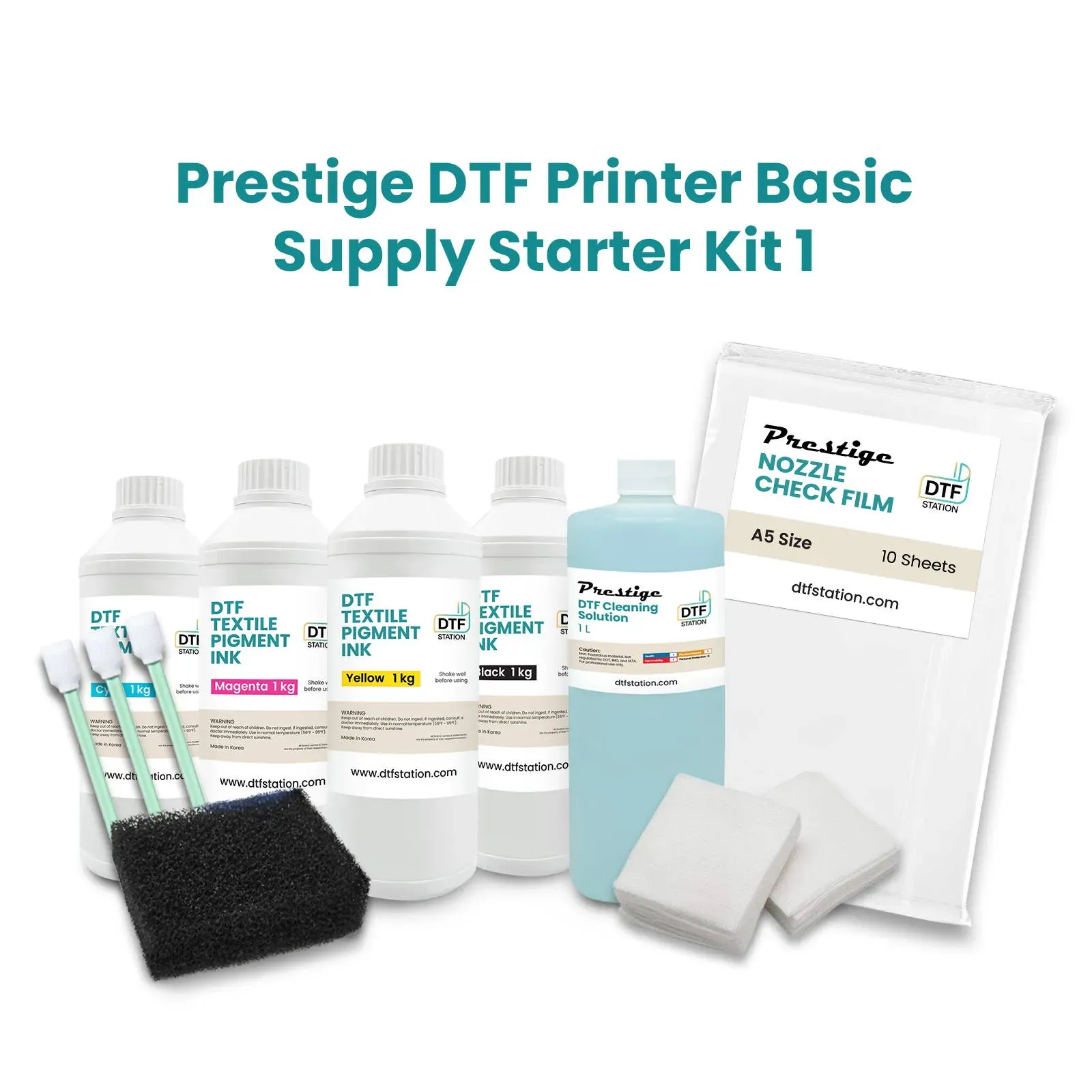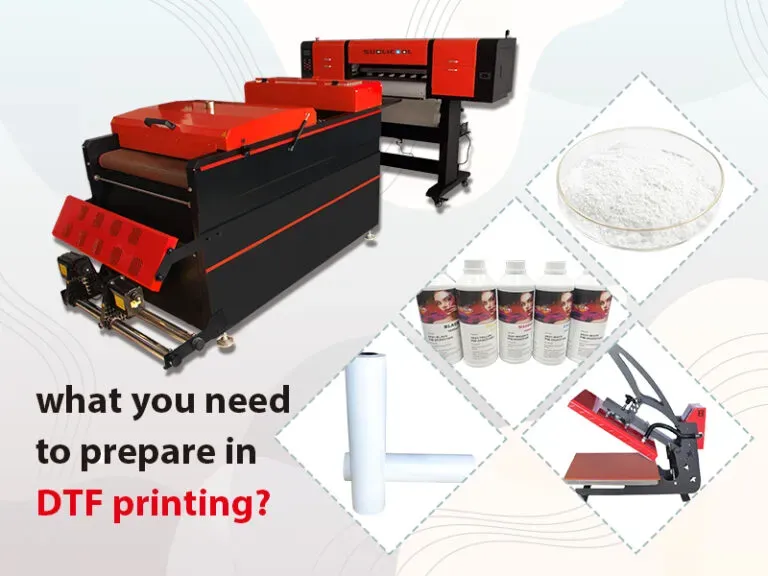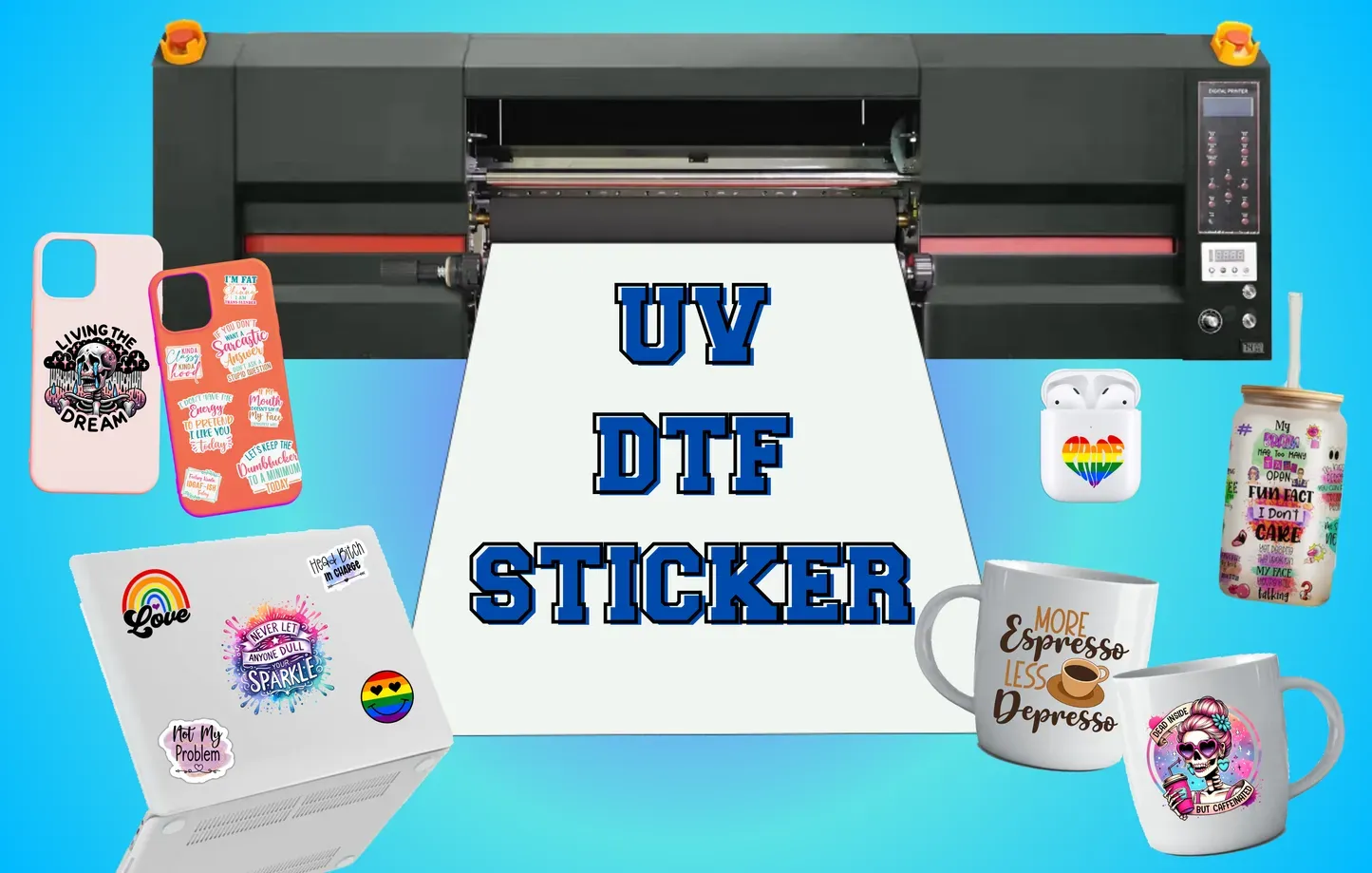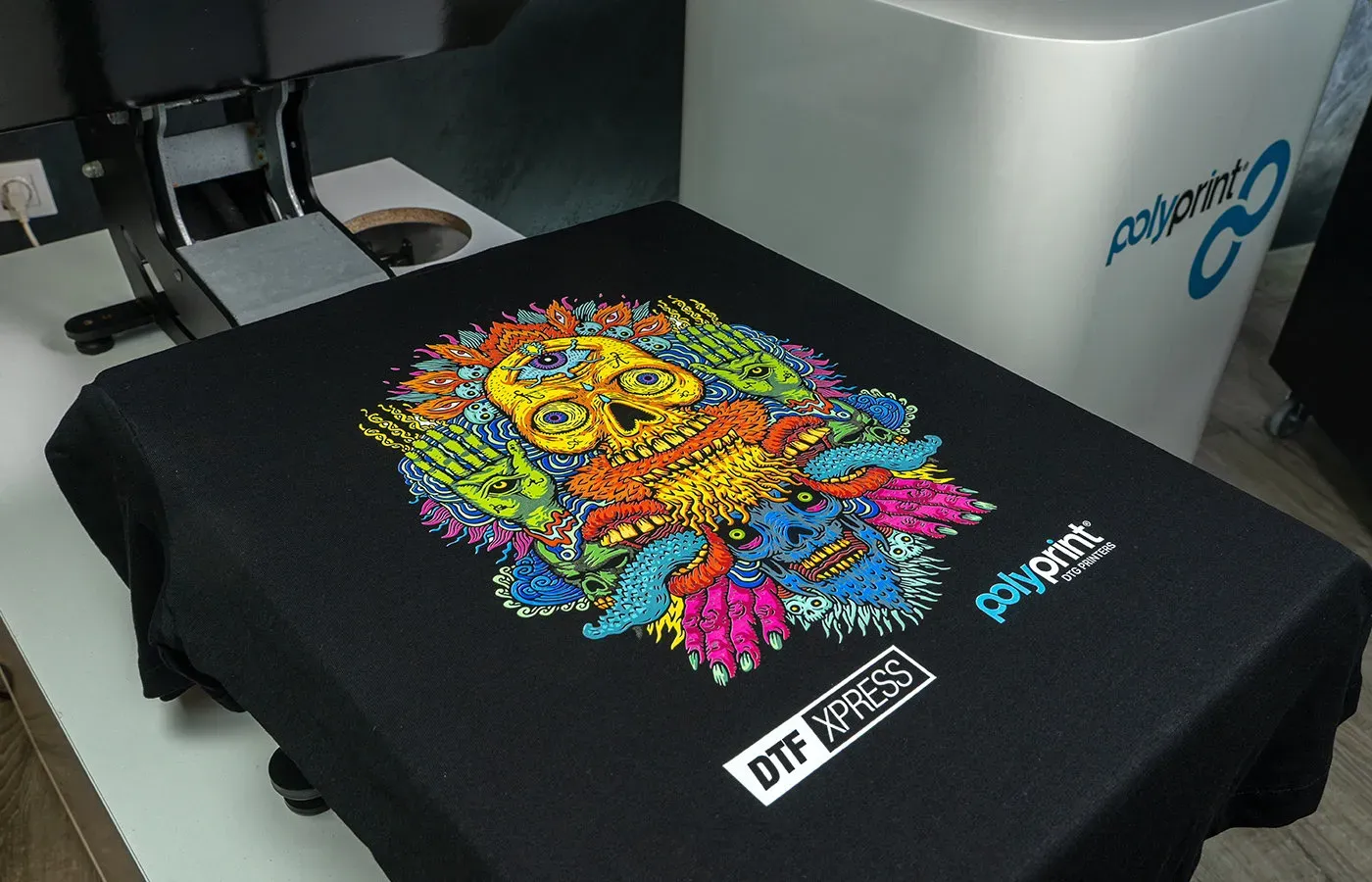DTF Printing: Unlocking the Secrets for Best Results
DTF printing, or Direct to Film printing, has emerged as a revolutionary technique in the custom apparel industry, reshaping how designs are transferred onto fabric. This state-of-the-art method provides numerous DTF printing advantages, such as exceptional print quality and durability, making it a favorite among designers and manufacturers alike. With a seamless process that combines traditional artistry with modern technology, DTF allows for intricate graphics and vibrant colors to be achieved with ease. In this guide, we will explore how to DTF printing, the essential equipment needed, and best practices for maximizing results. Join us as we delve into the exciting world of DTF to unlock the full potential of your custom apparel projects.
Known as Direct to Film, this innovative printing approach is rapidly gaining traction among enthusiasts and professionals in the textile and fashion industries. Also referred to as DTF, this process allows for efficient and high-quality graphics that can be transferred onto a variety of fabrics, offering remarkable adaptability. The techniques involved in DTF printing not only showcase stunning colors and detailed designs but also present cost-saving benefits compared to traditional printing methods. As the demand for personalized apparel grows, understanding the fundamentals and best practices of DTF technology is essential for anyone looking to thrive in this competitive market. Join us as we investigate the process and its many applications, paving the way for stunning prints that stand the test of time.
Exploring the Basics of DTF Printing
DTF printing, or Direct to Film printing, is revolutionizing the printing landscape with its unique process. This innovative technique involves printing designs directly onto a special film, which is then heat-transferred onto fabrics like cotton or polyester. The method employs advanced ink formulations that ensure designs remain vibrant and detailed, setting it apart from traditional printing methods. Furthermore, the ability to work with various fabrics opens up a wealth of possibilities for manufacturers, making DTF an attractive option for custom apparel production.
Understanding DTF printing also involves recognizing its operational mechanics. High-quality DTF printers use specialized inks that bond effectively with fabrics during the heat transfer process. This synergy is what produces the striking visuals that businesses seek. By mastering the nuances of DTF, designers can push creative boundaries, offering an extensive range of designs that cater to diverse consumer preferences.
Top Advantages of DTF Printing in Apparel Customization
One of the primary advantages of DTF printing is its exceptional print quality. Unlike other methods such as Direct-to-Garment (DTG) printing, DTF excels at producing images with sharp details and stunning color vibrancy. This aspect is crucial for brands wanting to stand out in a crowded market. In fact, many users report higher satisfaction than they experienced with previous printing technologies, leading to increased customer loyalty and repeat business.
Additionally, DTF printing boasts remarkable durability. Prints created using DTF are known to withstand multiple washes without fading or cracking, thanks to the innovative inks and adhesives used in the process. This durability is a significant selling point for apparel companies aiming to offer long-lasting products that consumers can cherish for years. As a result, DTF printing not only enhances product quality but also boosts brand reputation.
Essential DTF Equipment for Optimal Results
To achieve the best results with DTF printing, investing in the right equipment is critical. A quality DTF printer is the cornerstone of the process, with brands like Epson leading the market due to their reliability and high output quality. When selecting a printer, consider models specifically designed for DTF applications, as they will ensure compatibility with DTF inks and film.
In addition to the printer, high-performance special DTF inks are essential to ensure vivid prints. The right powder adhesive plays an equally important role, allowing the ink to adhere securely during the transfer process. Lastly, a sturdy heat press with precise temperature control is indispensable for perfectly transferring designs while maintaining fabric integrity. Collectively, these components form the backbone of a successful DTF printing setup.
Best Practices for Effective DTF Printing
Achieving optimal results with DTF printing requires attention to detail and adherence to best practices. Firstly, preparing both the film and fabric meticulously sets the stage for high-quality prints. Ensure that the film is dust-free and clean, and pre-press the fabric to eliminate moisture, which can hinder adhesion and affect print clarity and durability.
Furthermore, understanding the specific temperature and pressure settings for each transfer is vital. Each DTF printer may have different requirements, so sticking to manufacturer recommendations is crucial in preventing issues such as peeling or fading. Conducting regular quality checks before applying prints can also help identify imperfections, ensuring that only the best designs reach your customers.
Current Trends Shaping the Future of DTF Printing
As the printing industry evolves, DTF printing is at the forefront, benefiting from several promising trends. One notable development is the introduction of advanced ink formulations designed for enhanced durability and wash resistance. These innovations not only improve the longevity of prints but also cater to environmentally conscious consumers looking for sustainable options.
Another exciting trend is the emergence of faster print speeds in DTF technology. The latest printers are crafted to deliver quick and efficient output without sacrificing quality, which is a major advantage for businesses needing to fulfill larger orders. Additionally, resources such as online tutorials and forums have become more accessible, empowering both seasoned professionals and newcomers to refine their DTF printing skills.
Maximizing DTF Print Quality in Custom Apparel
To ensure the highest print quality in custom apparel using DTF printing, meticulous attention to the entire process is essential. From selecting the right materials to maintaining the printing equipment, every step contributes to the final output. Using high-quality DTF inks and ensuring that the printer is calibrated correctly are critical factors for vibrant, lasting designs.
Moreover, it is important to conduct thorough quality control checks at various stages of production. This includes examining both pre-printed films and the final printed products for any inconsistencies or defects that could affect customer satisfaction. By investing time in these practices, businesses can significantly enhance the appeal and durability of their custom apparel offerings.
Frequently Asked Questions
What is DTF printing and how does it work?
DTF printing, or Direct to Film printing, is a method that involves printing designs onto a special film that can then be transferred onto fabric using heat and pressure. This process is effective for producing vibrant, detailed images on a variety of materials.
What are the advantages of DTF printing compared to traditional methods?
DTF printing offers several advantages, including high print quality with vibrant colors, exceptional durability that withstands multiple washes, cost-effectiveness for small runs, and the ability to print on various fabric types, making it a versatile choice for custom apparel.
How can I achieve the best print quality with DTF printing?
To achieve the best print quality with DTF printing, use a reliable DTF printer with compatible inks, ensure the film and fabric are properly prepped, follow the right temperature and pressure settings during the transfer, and practice thorough quality control of your printed films.
What equipment is essential for starting DTF printing?
Essential equipment for DTF printing includes a dedicated DTF printer, special DTF inks, powder adhesive for ink bonding, and a high-quality heat press to ensure efficient and effective transfers of designs onto fabrics.
What are some best practices for DTF equipment use?
Best practices for DTF equipment include regularly checking the printer and heat press for maintenance, preparing the film and fabric adequately before printing, which includes ensuring they are clean and moisture-free, and strictly adhering to manufacturer’s temperature and pressure recommendations.
Are there any trends in DTF printing I should be aware of?
Current trends in DTF printing include advancements in ink formulations for better durability and eco-friendliness, faster printing technology to accommodate larger orders, and an increase in online learning resources that provide tutorials and tips for effective DTF printing techniques.
| Key Points | Details |
|---|---|
| What is DTF Printing? | A method of printing designs on a special film for transfer onto various fabrics using heat and pressure. |
| Advantages of DTF | 1. High-Quality Prints: Vibrant colors and sharp details. 2. Durability: Prints withstand multiple washes. 3. Cost-Effectiveness: Economical for small production runs. 4. Fabric Adaptability: Can be used on a variety of materials. |
| Equipment Needed | 1. DTF Printer: Brands like Epson recommended. 2. DTF Ink: Specially formulated inks. 3. Powder Adhesive: To bond ink to fabric. 4. Heat Press: For precise temperature and pressure control. |
| Best Practices | 1. Prepare Film and Fabric: Clean and moisture-free. 2. Follow Temperature and Pressure Guidelines: Adhere to manufacturer recommendations. 3. Quality Control: Check printed films for imperfections. |
| Trends and Innovations | 1. Advanced Ink Formulations: Eco-friendly and durable. 2. Faster Print Speeds: Efficient fulfillment of orders. 3. Learning Resources: Online tutorials and advice available. |
Summary
DTF printing is revolutionizing the landscape of custom apparel by offering unparalleled quality, durability, and cost-effectiveness. This innovative printing method, which involves transferring vibrant designs onto fabrics using heat and pressure, stands out due to its ability to work on a range of materials and produce stunning graphics that last. As the industry evolves, staying updated with the latest trends, equipment, and best practices will be crucial for anyone involved in DTF printing, ensuring optimal results and customer satisfaction. By mastering the techniques outlined and investing in quality materials, you can effectively harness the full potential of DTF printing to create impressive, long-lasting designs.







